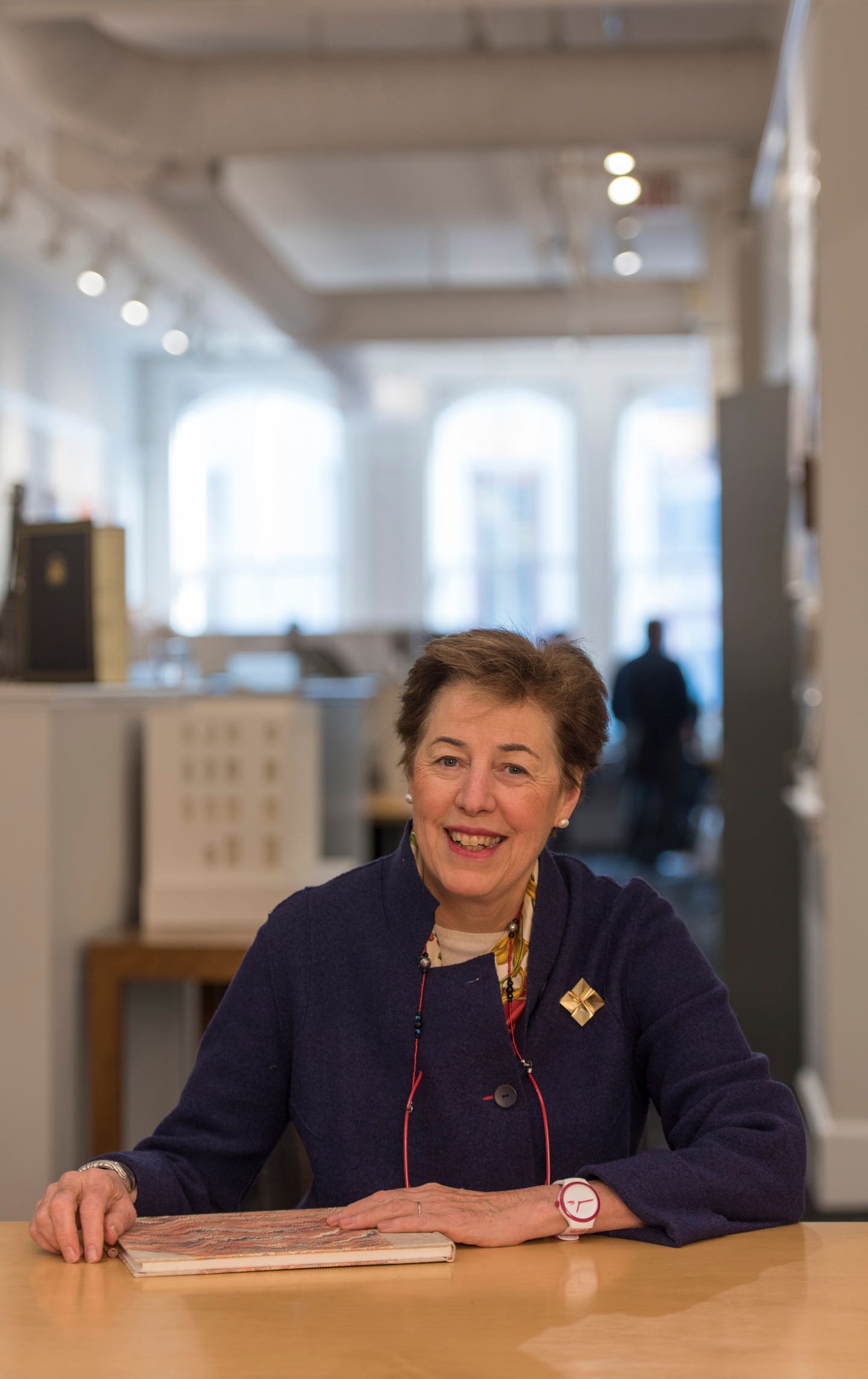
Features
The 25 – Ann M. Beha, FAIA
A national leader in preservation, adaptive reuse, and contemporary design for historic settings, Ann M. Beha FAIA was the founder and principal of Ann Beha Architects, now Annum Architects.
Known for championing legacy in dialogue with contemporary expression, Beha explores new identities for historic resources, welcoming a broader community to engage with and reconsider heritage and the expanded definitions of design traditions—modernism and post-modernism, vernacular buildings, and the contributions of lesser-known American architects and design advocates.
Her work for museums, academic institutions, cultural resources, and abroad, for the U.S. Department of State, has reset expectations, introducing bold design in balance with stewardship.
“My work, over four decades, explores changing the dynamics of new and old—addressing architectural heritage as it interfaces with contemporary design,” she says. “I am a believer in the plus—that new and old together are more than the sum of their parts.”
Her recent projects with Annum include the renovation and expansion of the Boston Athenaeum, planning and design projects for the Farnsworth Art Museum, MIT, Harvard, Yale, embassies of the United States in Paris and Athens, and numerous cultural and civic organizations.
Now a collaborating architect with Annum and independently, she’s completing Annum’s performing-arts center for Emma Willard School; the renewal of Paul Rudolph’s 1958 Jewett Art Center at Wellesley College with Howeler and Yoon Architects; and with Studio Enee, the renewal of historic Flint Hall at the University of Massachusetts Amherst and LA CASA for IBA, serving the Latinx community.
“As an architect, I want to advance public dialogue and participation in architecture,” she says. “I view the community as my ‘field’—and value exchange between community and the design profession.”
Growing up in a 19th-century brownstone in New York City, Beha was captivated by the city’s rich, diverse architecture. “My bedroom view was to William Lescaze’s 1934 Bahaus-style home,” she says. “His glass-block living room would illuminate at night: mystery and illusion!”
As a history major at Wellesley, she studied cities and nations destroyed and rebuilt. At the suggestion of a professor, she enrolled in a design studio at MIT at a time when only three percent of registered architects in the country were women. “But MIT was taking women seriously in science and the humanities, and while it was tough, and a lonely time, I wanted to be part of the story,” she says.
These days, Beha’s work spans the arts, education, preservation, and the civic realm. “I design to stretch my imprint and expand my approach,” she says. “I want to be a resource for preservation, education, and community, and for emerging voices in architecture and preservation.”
In 2026, she’s returning to Yale to once again teach an advanced studio. “It’s fantastic to have this time to explore and expand what I love most,” she says.








